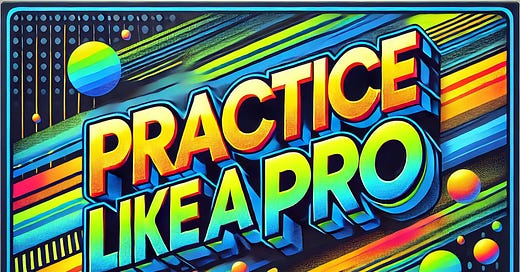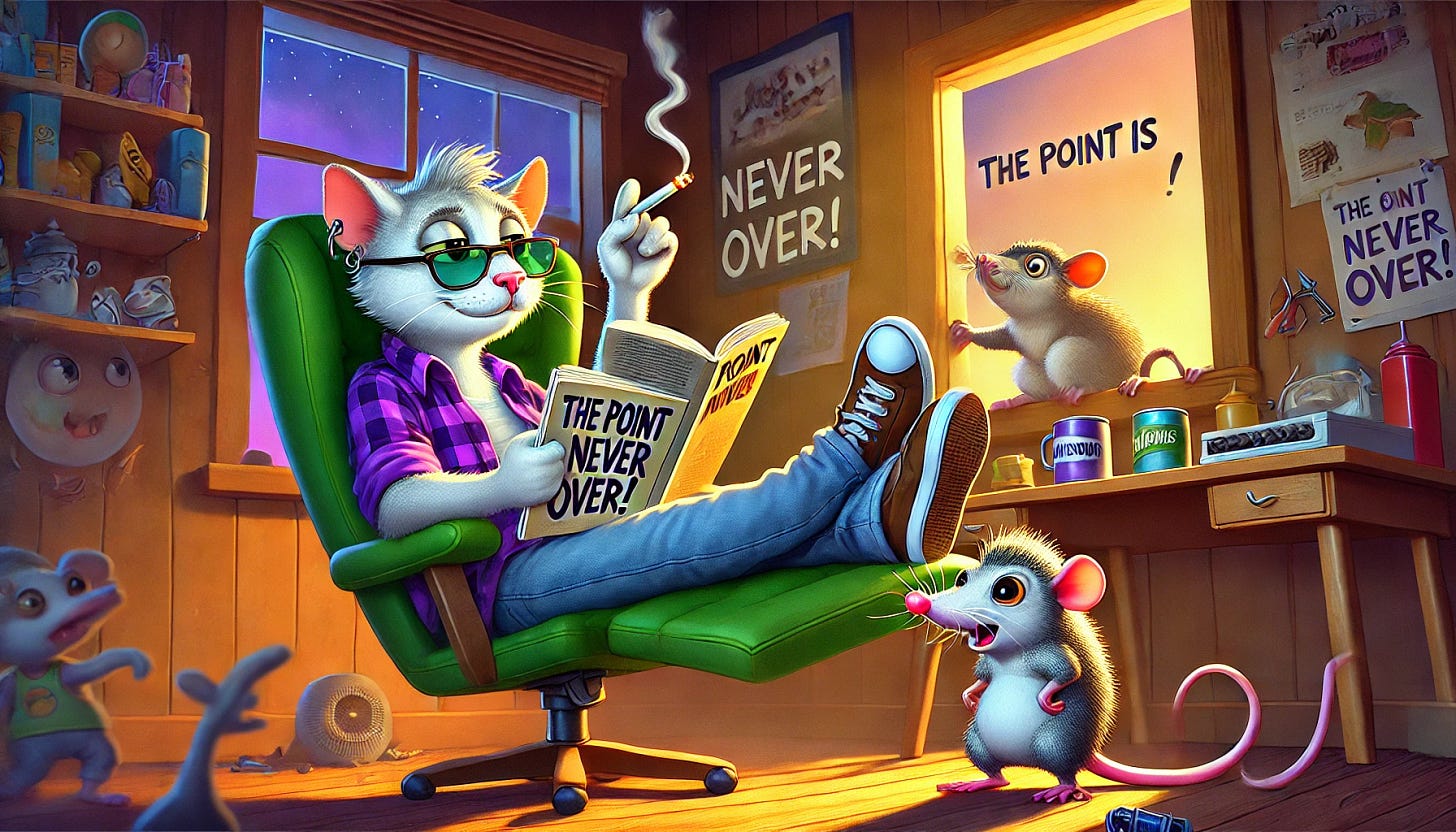In today’s issue of Bite Size Pickleball:
Practice Like a Pro
Don’t Be a Poser
So, I started shooting for the Bite Size Pickleball TV this week with top 25 pro Wes Burrows. My first takeaway was that I am definitely not a pro! Boy, did he work me over. But what a blast. And it only fueled my confidence when I was back out on my rec courts in Santa Barbara a couple of days later, and it refueled my desire to get into some more drilling.
On that topic, Wes taught me a few great drilling games that I hadn’t ever played. I will share a few of those with you below, and then you should listen to this Sunday’s Bite Size Pickleball podcast covering the same topic in depth.
Unfortunately, Kenny Loggins was in the Danger Zone with a cold and he had to reschedule our shoot, which is perfect, because I never would have had enough energy to shoot both Wes and Kenny in one afternoon. As mentioned, not exactly easy drilling against a pro.
Here is a non-pro flashback of Kenny and I winning medals in separate amateur divisions. BTW, this May, Santa Barbara is hosting the Kenny Loggins Celebrity Pickleball tournament, book your rooms now!
Here are the games I covered with Wes.
Dinking Game 1
The point starts when one player tosses the ball into the other’s kitchen. The point plays out only with dinking, you use the whole length of the kitchen. The ball has to land in the kitchen every time or you lose the point. As you are dinking, add one point for each time you take the ball out of the air. Play to 11.
Dinking Game 2
You start by getting ten dinks in a row to one another, and then you play the point out half court. You can play the point out any way you want, dink, drive, or lob. Play to 11.
Double Tap Game
One player starts just inside the baseline. The other player starts at the net and hits it as hard as they can at the other player’s feet. The player near the baseline has to tap the first ball up to themselves, and then drop that tap into the kitchen. Do it as many times as you want until you feel a sense of control. You could go to 11.
Attacking Dead Dink Game
A dead dink is a soft, high dink that is usually attacked in a game. One player feeds the other five dead dinks to the backhand, and five dead dinks to the forehand. The player being fed attacks/speeds up the dead dink every time, and then you play the point out half court. Ten points per side, play to ten. NOTE: Wes gave me a really good tutorial on shaping what those speed-up shots look like in terms of form. You’ll have to wait for the show to debut on Pickle TV for that.
No Net Game
One player starts at the kitchen and the other at the baseline. The object is for the baseline player to drive it, or drop it, over the net without hitting the net! One point for each time over the net, MINUS five points for each time you hit the net. The player on the baseline needs to get 20 points before you change it around.
Those games should get you started. My suggestion is to find a player around your level that wants to get out and improve their p-ball. As Wes told me, there is absolutely no option for a player who wants to get better than to drill.
DON’T BE A POSER
I often see players who hit a great shot. Or, at least they think it’s a great shot! Then their opponent hits a greater shot and they lose the point because they were caught posing and watching their brilliance.
The point is NEVER over, until it is over. If you’re a cat, the mouse is never dead UNTIL it is dead. Because we have all seen those mice play possum and, all of a sudden, get up and run. NOTE: No mice were harmed in the writing of this post.
I was teaching a woman a few weeks ago and she had a really long follow-through on her backhand. Her arm flung way behind her head and it stayed there just long enough to get beat on the next point. In fact, her head kind of followed her arm and it looked like she was taking a selfie of herself. My mantra to her was, “No selfie-stick!”
It, of course, added some fun to the lesson and she was able to shorten her swing up and get out of selfie-stick mode.
That’s another lesson for you tennis players coming into the sport. You don’t typically need these long swings. A lot of times, in pickleball, shorter, tighter swings are better, and they help you especially well to be ready for the next hit coming your way.
OK, that’s today’s newsletter. If you haven’t checked out my pickleball book, How to Play Better Pickleball, it’s in the Amazon store.










